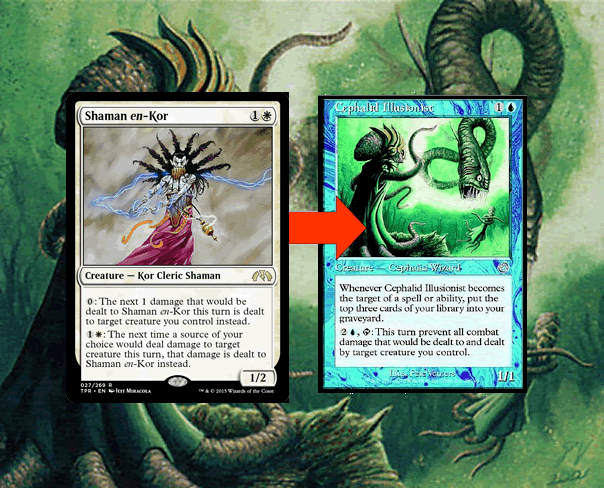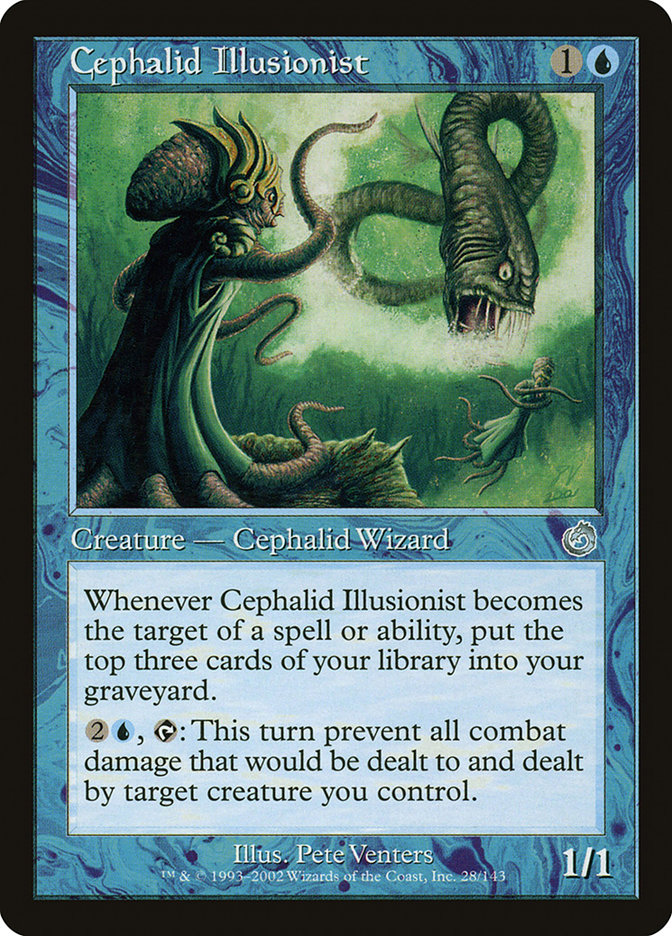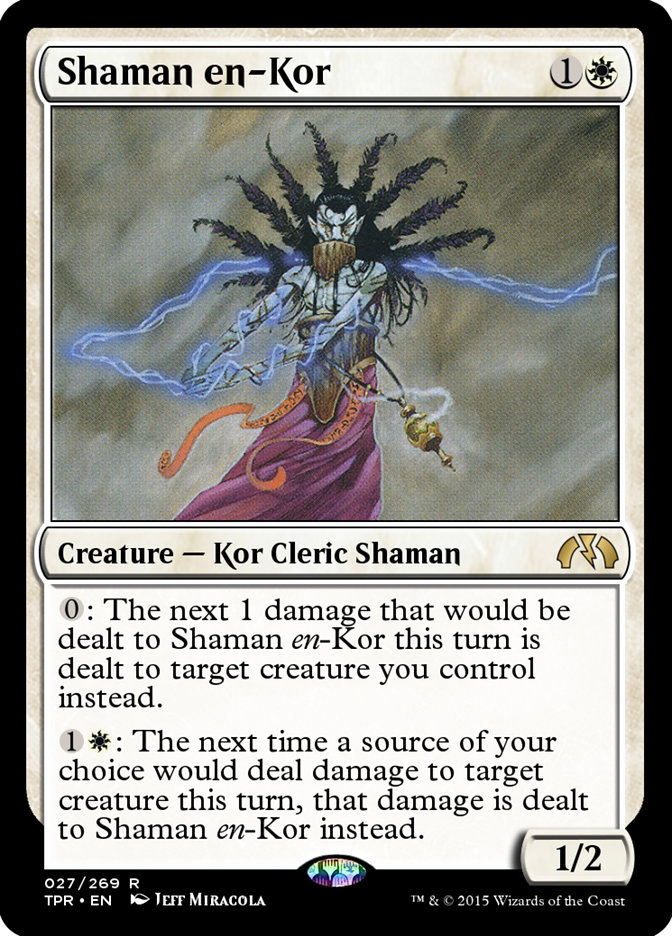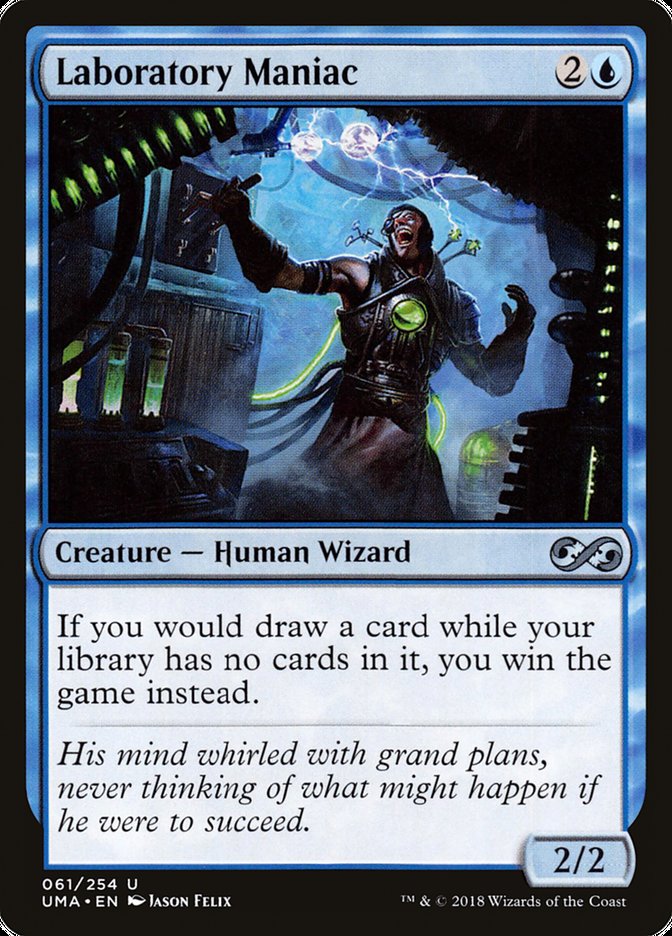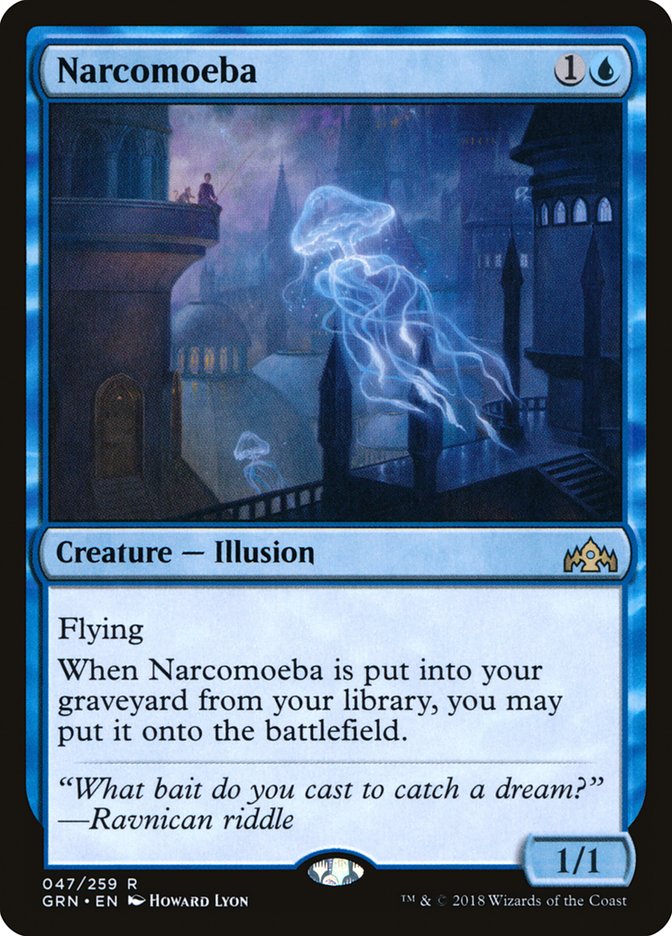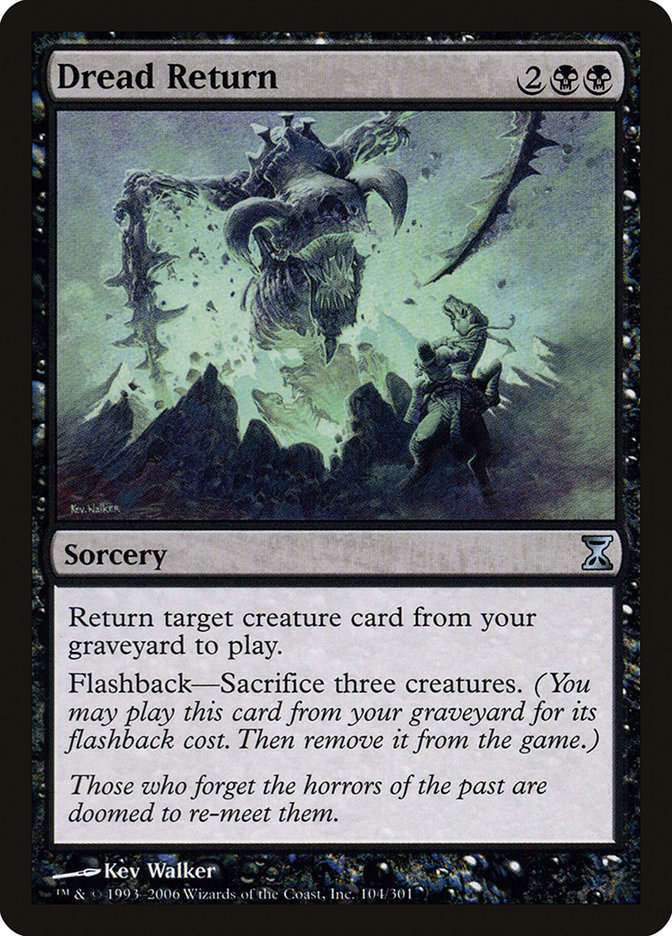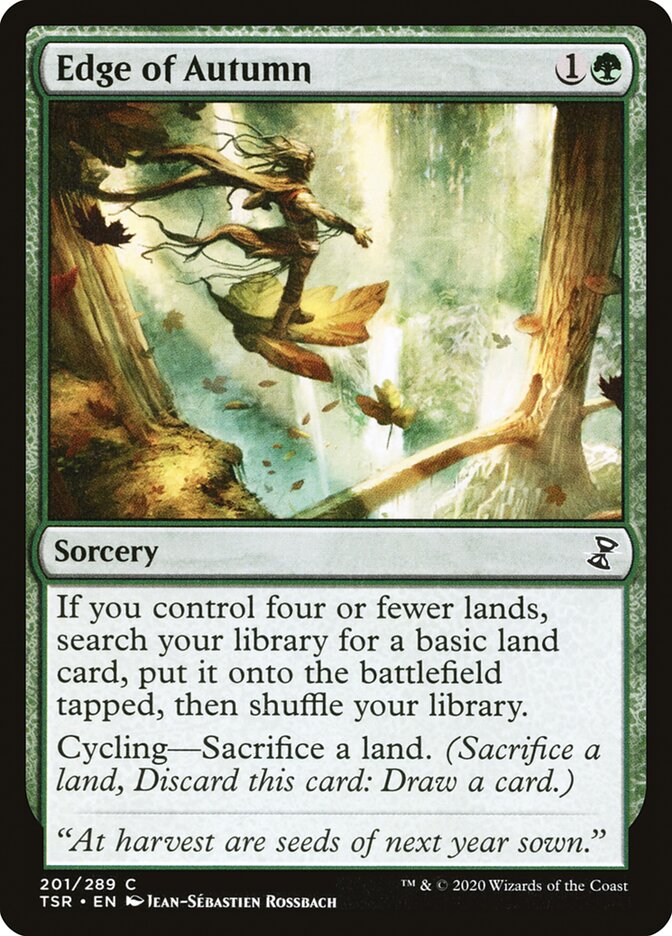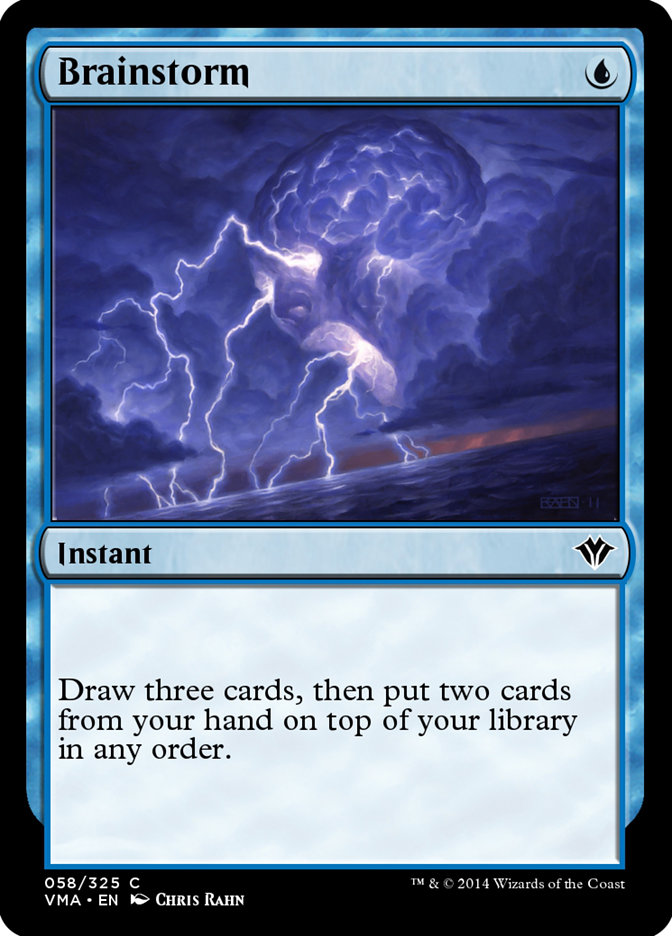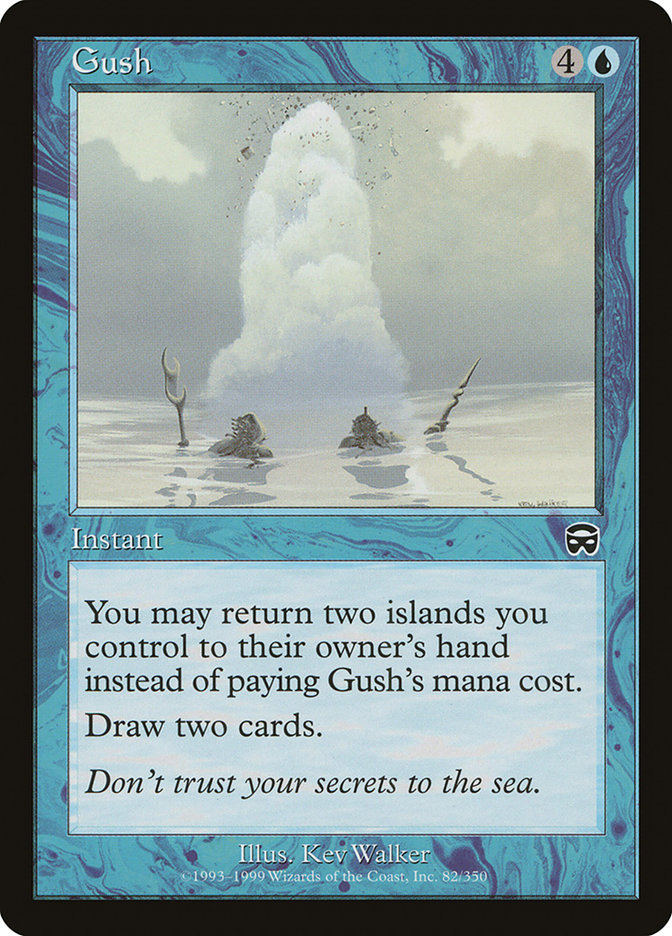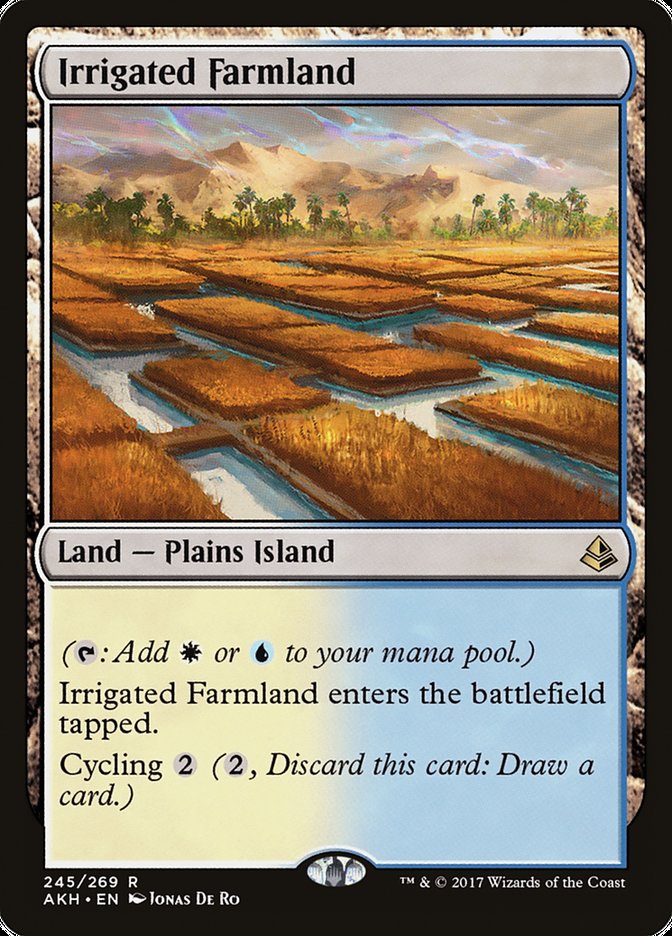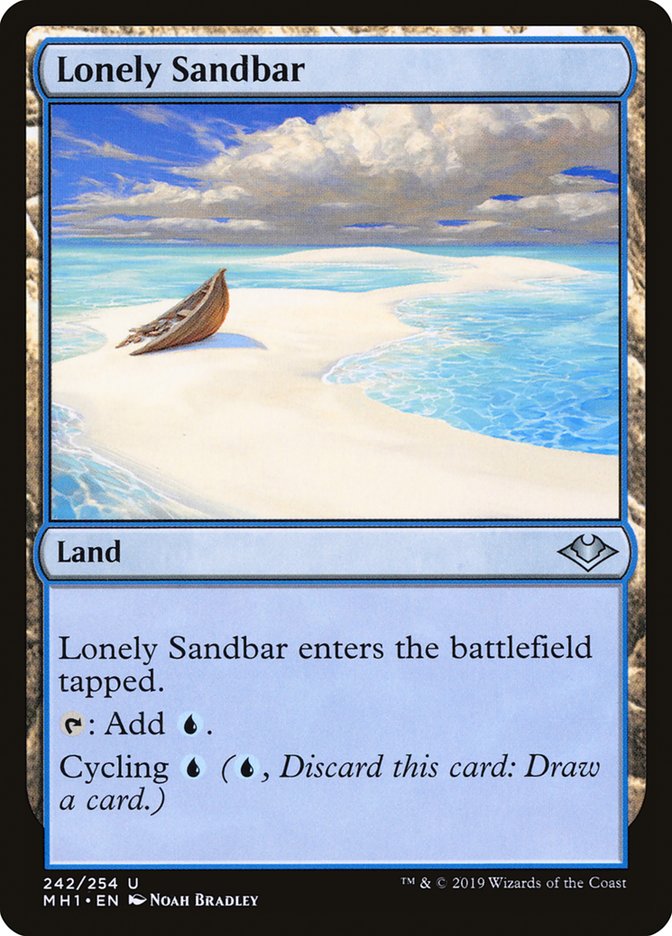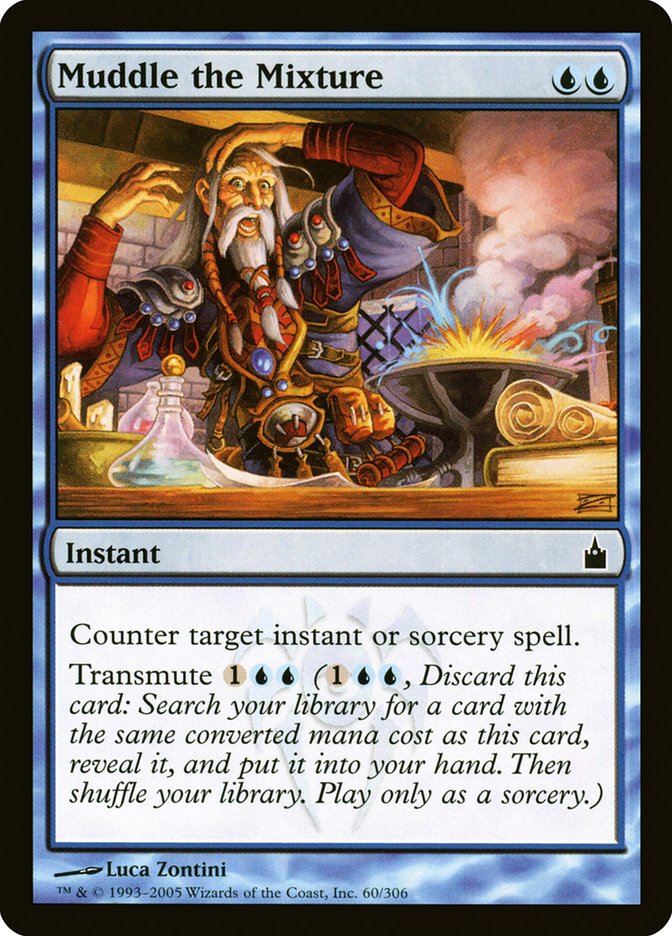Building an Effective Combo Deck
Building an Effective Combo Deck
Today, I’d like to share some insight into building effective combo decks for use in your casual group. Throughout more than 25 years of playing the format, I’ve seen and built a large number of combo decks, each one different than the last. Some are more resilient, some more efficient, some more reliable, and some lack these qualities entirely.
That being said, no one can tell you how to build your deck. Even if they did, many mechanisms in the game that someone might suggest are only conditionally good, and might simply work better with their vision of the deck than yours.
Building a combo deck is not an easy task, given how many great combinations that exist today. Building a resilient, efficient, and reliable combo deck is trickier—carefully choosing the right support cards is essential. To explore this, I’ll walk you through my version of a Cephalid Breakfast combo deck.
| Creature [20] | ||
|---|---|---|
| 4 Shaman en-Kor | $0.99 | |
| 4 Cephalid Illusionist | $2.79 | |
| 4 Laboratory Maniac | $5.49 | |
| 4 Narcomoeba | $0.49 | |
| 4 Street Wraith | $0.35 | |
| Artifact [1] | ||
|---|---|---|
| 1 Sol Ring | $1.49 | |
| Instant [10] | ||
|---|---|---|
| 4 Force of Will | $69.99 | |
| 4 Muddle the Mixture | $0.79 | |
| 1 Brainstorm | $1.49 | |
| 1 Gush | $0.79 | |
| Sorcery [7] | ||
|---|---|---|
| 4 Dread Return | $0.39 | |
| 2 Edge of Autumn | $0.39 | |
| 1 Gitaxian Probe | $2.79 | |
| Land [22] | ||
|---|---|---|
| 4 Tundra | $229.99 | |
| 4 Hallowed Fountain | $10.99 | |
| 4 Irrigated Farmland | $0.49 | |
| 4 Flooded Strand | $29.99 | |
| 4 Ancient Tomb | $79.99 | |
| 2 Lonely Sandbar | $0.35 | |
 $106.46 Tix @cardhoarder
$106.46 Tix @cardhoarder
 $2.66 / Week @cardhoarder
$2.66 / Week @cardhoarder
 $1,645.35 @tcgplayer
$1,645.35 @tcgplayer
 $1,358.96 @cardkingdom
$1,358.96 @cardkingdom
The combo pieces
The magic starts with the combo pieces: Cephalid Illusionist and a creature en-Kor (typically Nomads en-Kor). For my version, I’m using Shaman en-Kor, even though it costs two mana rather than one—this is for reliability reasons, as discussed below. This combination allows you to put your entire library into your graveyard immediately, which can be exploited very well using the right support cards.
Understanding the Combo
Analyzing the combo itself, it has some extremely favorable attributes: it requires only two cards; it costs only four mana in total; and, if you’re on a budget, you can get playsets of both cards for about $5. Its drawbacks are relatively minor: mana of two different colors is needed, but this is negligible with the right mana base; and both combo pieces are creatures, making them slightly more susceptible to removal.
The object of milling your entire deck is to win with Laboratory Maniac. You’re right to point out that this is another required combo piece, but we’ll deal with that next.
Since hard-casting Maniac would require our combo to have three pieces and cost seven mana, we need a different solution to maintain the deck’s reliability and efficiency. Fortunately, when we put our entire deck into our graveyard, we can summon up to four Narcomoebae for free; as we have also just put up to four Dread Returns into our graveyard, we’re in business.
We now see advantage in our combo pieces both being creatures: if you manage to onboard all four of your Narcomoebae, you can flashback two Dread Returns to return two Laboratory Maniacs to increase the combo’s resilience. If you draw a Narcomoeba, consider hard-casting it for this reason.
Adding a bit of Card drawing
An important thing to note with Laboratory Maniac is that you don’t get to win the game until you draw a card. Being forced to wait until your next draw step puts Maniac in serious jeopardy, reducing resilience, so we’ll need some card drawing to make the win happen right away. Adding card-drawing also has the benefit of helping us reach our combo pieces faster, but we always want to hold one in reserve for the above reason.
Again, you’d be right to point out that this would represent yet another combo piece and a higher cost. However, running a large number of card-drawing outlets ensures there’s always one available, and choosing the right cards can overcome the cost issue. Two cards from my favorite expansion set are a great start: Street Wraith and Edge of Autumn. These provide a zero-mana instant-speed card draw, and are nigh-uncounterable.
Along these lines, we also have some wonderful card-drawing spells (some of which can be cast without mana) which are restricted in Vintage: Brainstorm, Gush, and Gitaxian Probe, among others.
While we aren’t far enough yet to determine all the lands we’ll use, there are two fantastic card-drawing outlets that support the mana base well: Irrigated Farmland and Lonely Sandbar. Their card-drawing effects do cost mana, but they are instant-speed and also just about uncounterable.
Protecting our spells
Next, we can see that some extra stability can be added to make the combo as resilient as possible. Since we only need to protect our spells (combo creatures, a Dread Return, and possibly a card-drawing spell) and combo pieces in play, counterspells are a good way to go.
Force of Will is great in this build, with its alternate cost and the large number of blue cards in the deck. Muddle the Mixture is really the key here, though—it can counter the vast majority of spells that threaten the win, and it can be transmuted to tutor for either of your combo pieces. This is why I decided to run Shaman en-Kor rather than Nomads.
The mana base
Lastly, we’ll assemble the mana base. Tundra and Flooded Strand are obvious choices; added to Irrigated Farmland, we have a nice foundation to produce both colors. For added reliability, I’m also using Hallowed Fountain and adding Ancient Tomb. Finally, a trusty Sol Ring allows for expedited victories.
Additional tips
In your playgroup, if the types of decks you’ll be up against make you less concerned about protecting your combo against counters and removal, you might consider using the Force of Will slots for additional tutor-cards (i.e. Worldly Tutor, Demonic Tutor/Vampiric Tutor, Recruiter of the Guard, etc.) and adjusting the mana base accordingly.
In the end, it all comes down to careful card selection. Choosing cards that can serve multiple functions (like Irrigated Farmland, Lonely Sandbar, and Muddle the Mixture in the above deck) can improve reliability, and can help to get the job done with fewer card slots.
There are all kinds of ways to build your combo deck. My hope is that, sharing this deck building experience might provide some insight and be useful in some way.
Adam Alexander
If you liked this article maybe you will also find interesting on of the following ones The Art of Sideboarding by Remi Fortier, What is Tempo?, How To Get Ready for Your Next Magic: The Gathering Tournament, Reading and Bluffing Opponents on MTGO, The 4 Types of Advantage: Definition, Types & How to Calculate It., Level Up Your Game: Solving the Right Puzzles
Sign Up for MTGDecks newsletter
You'll receive a weekly email with more articles like this.
Content Creator
